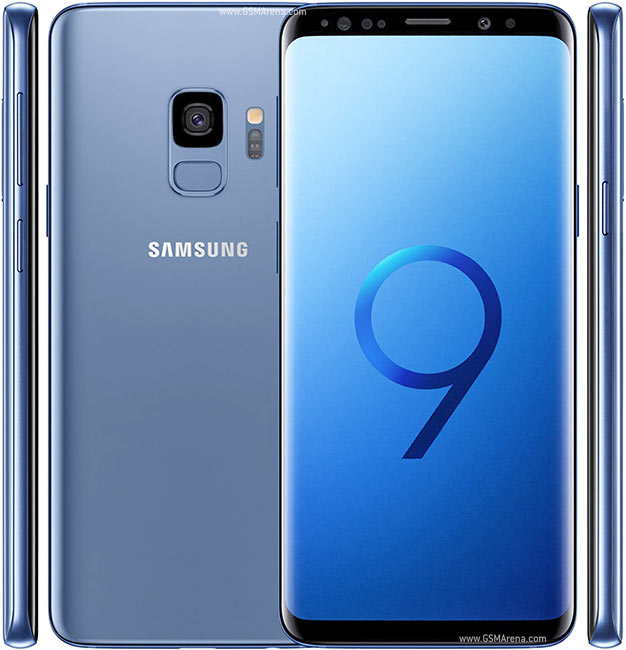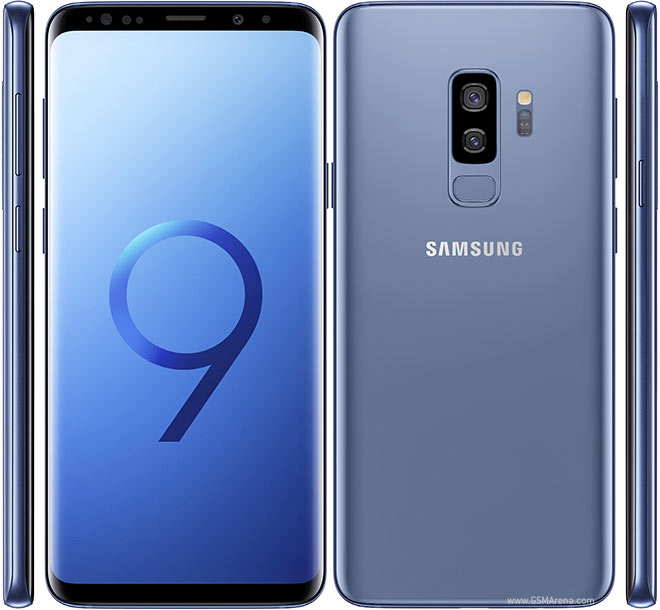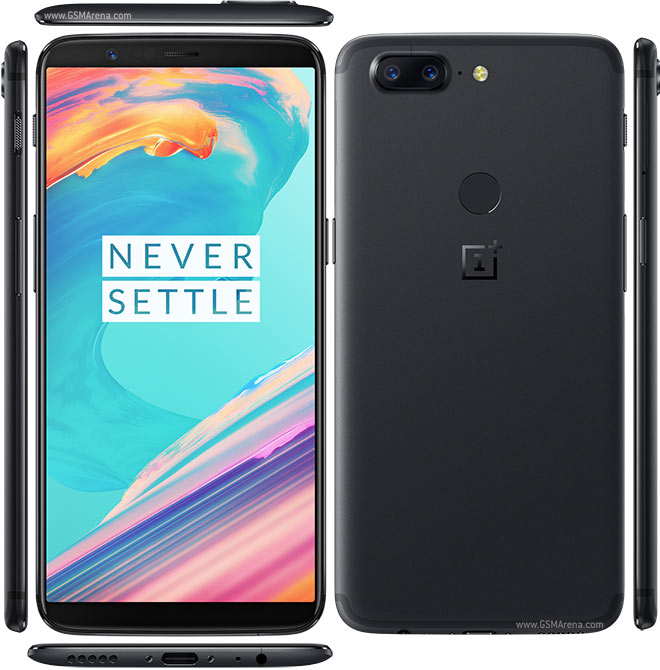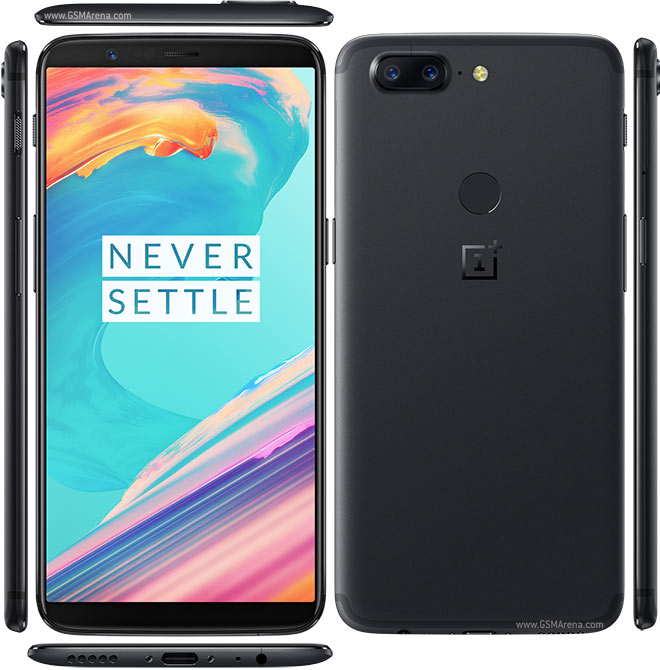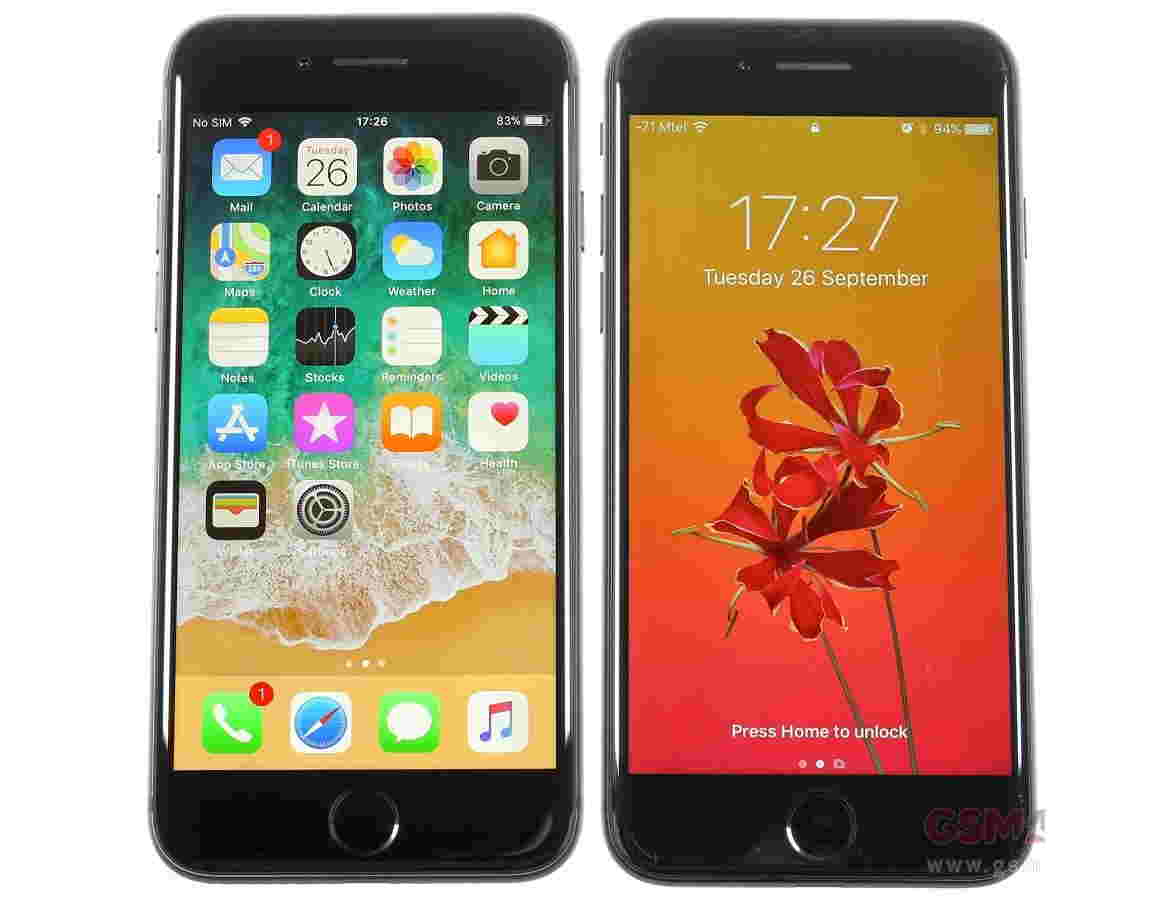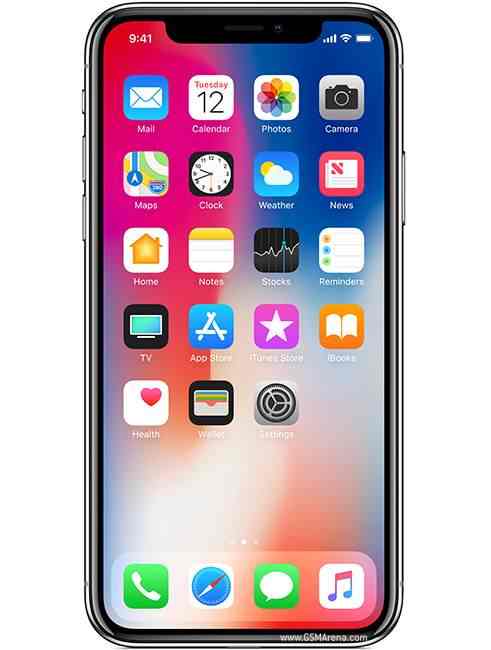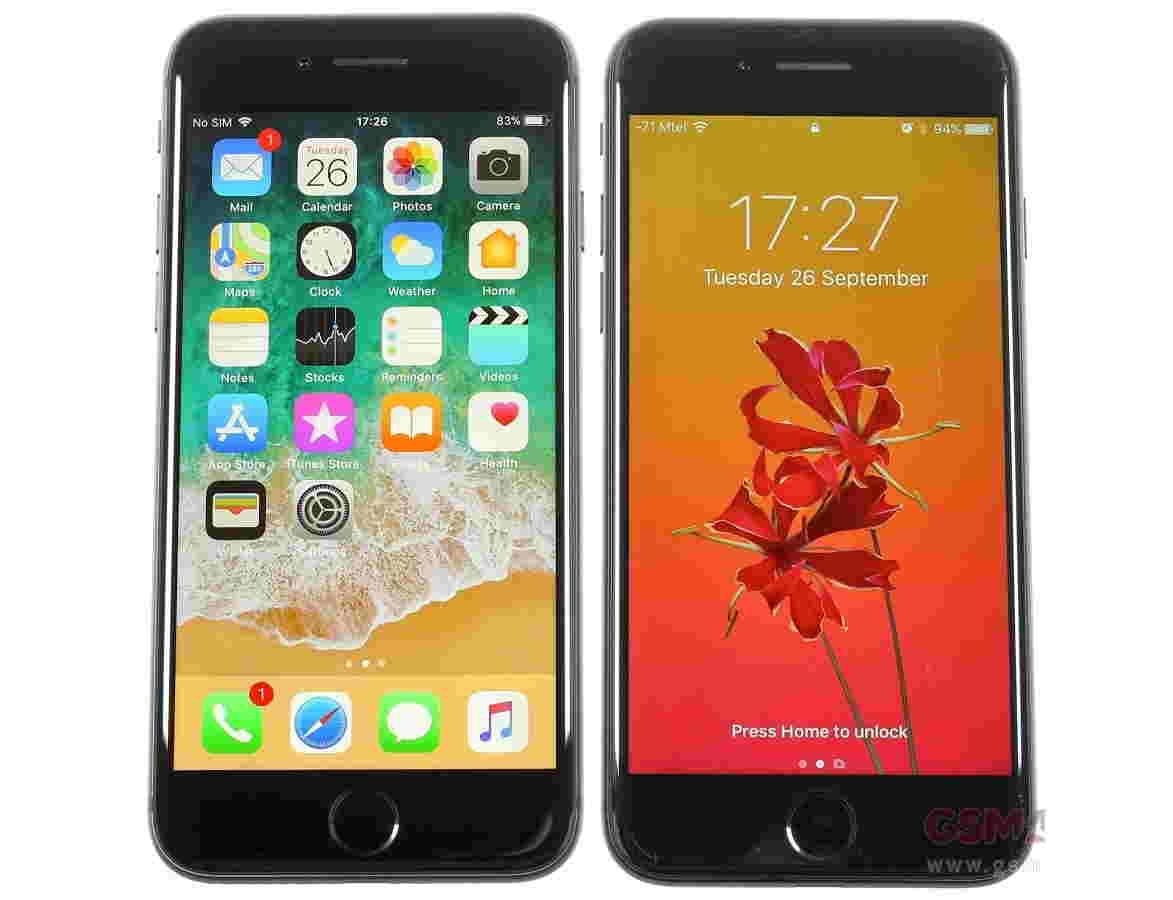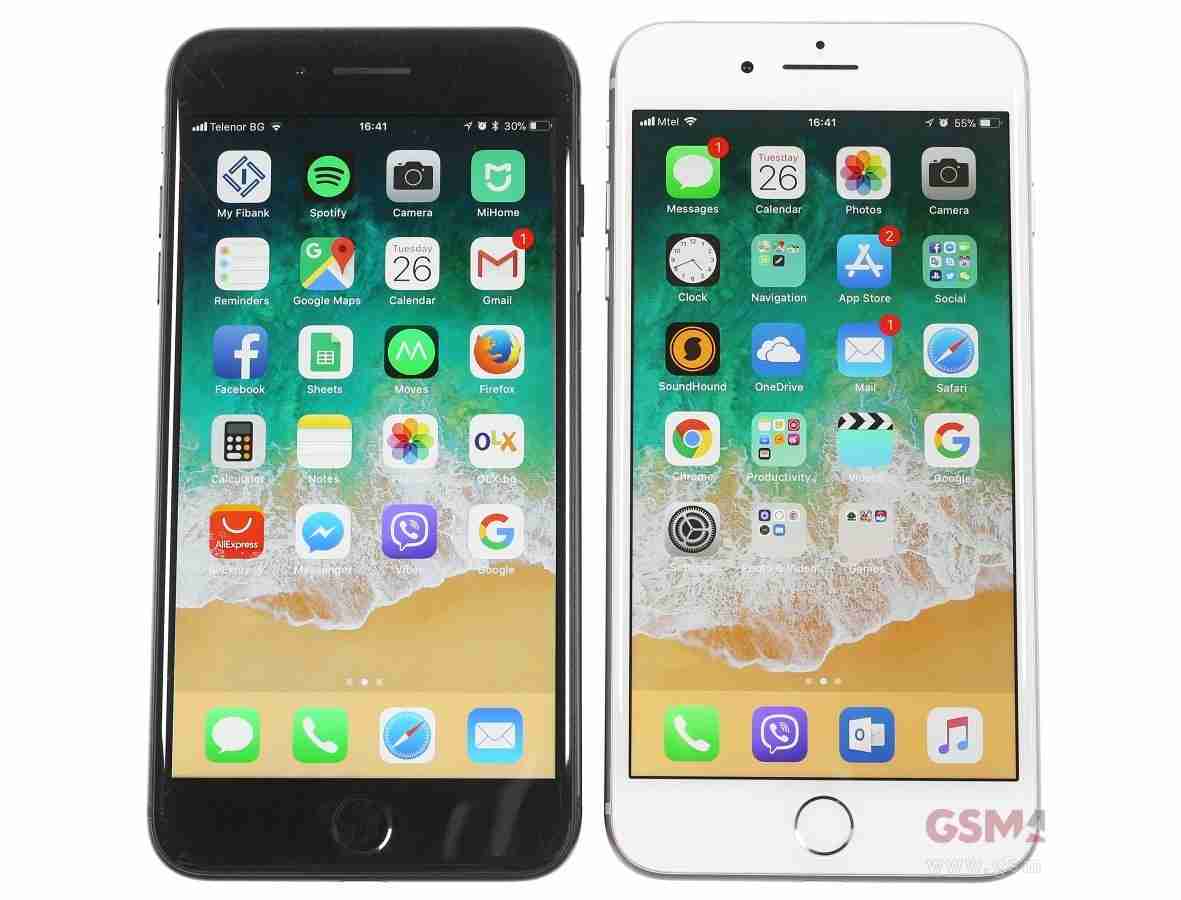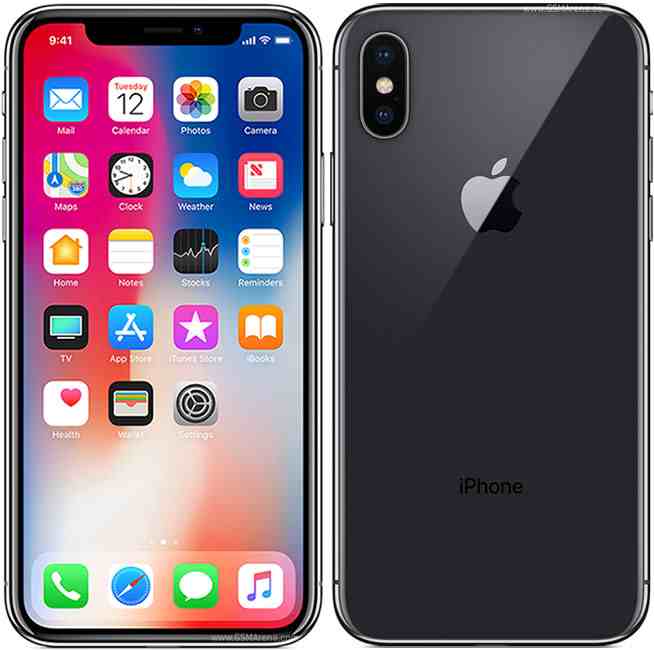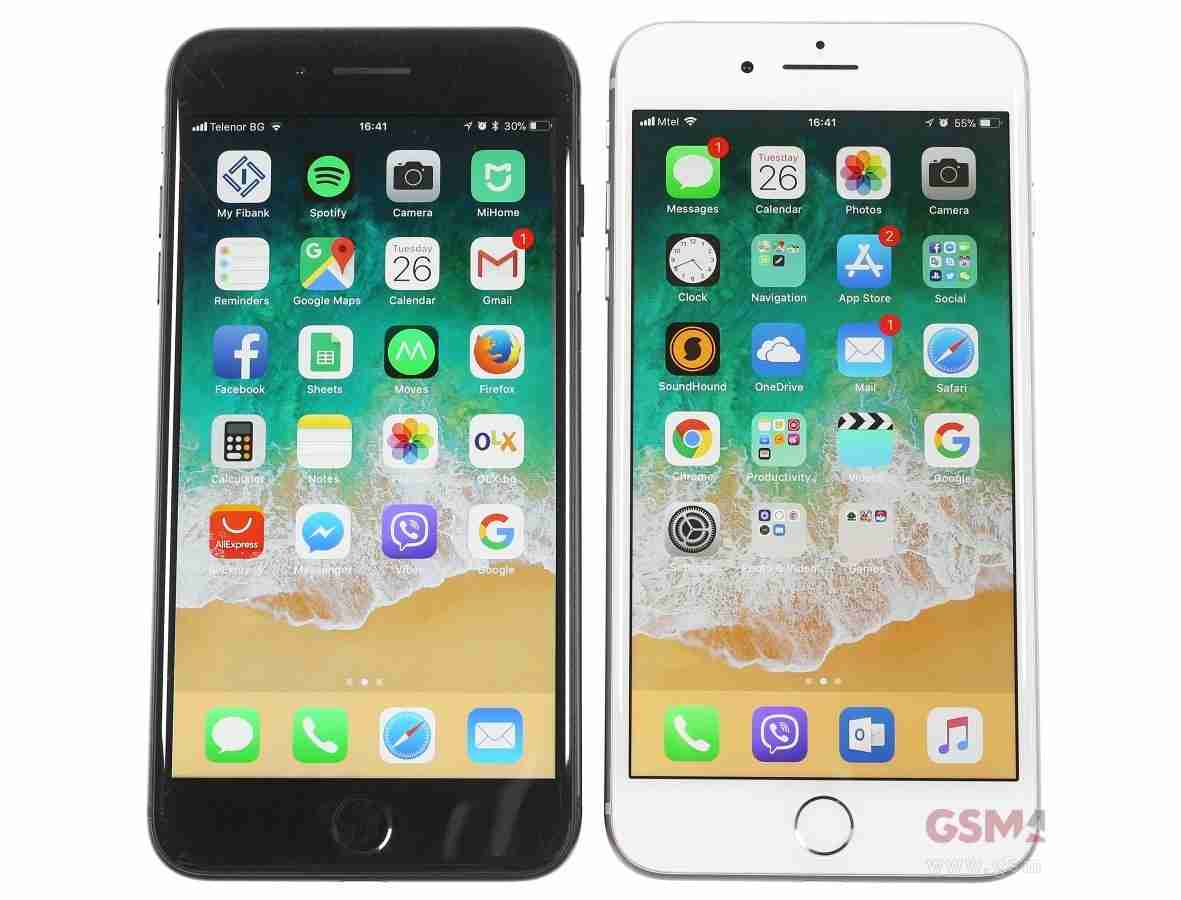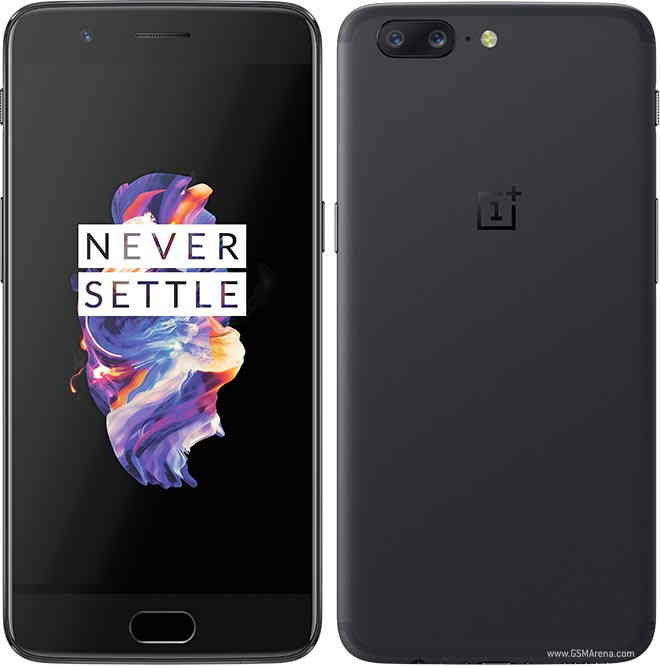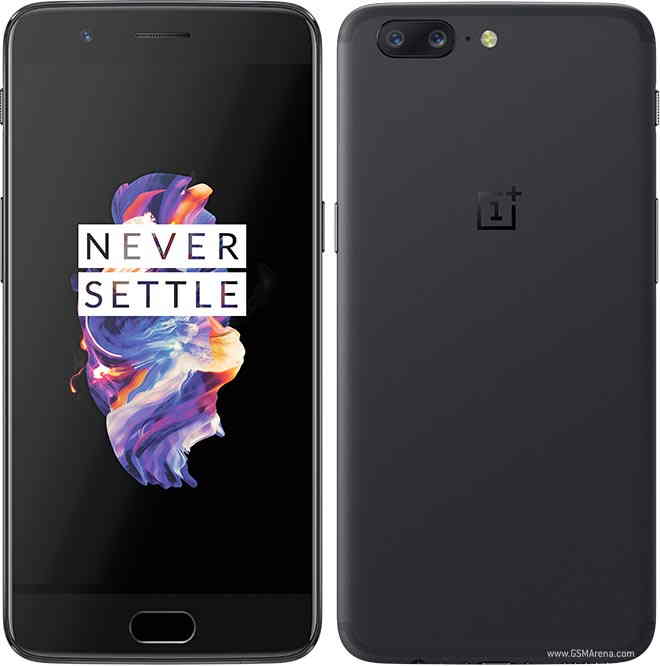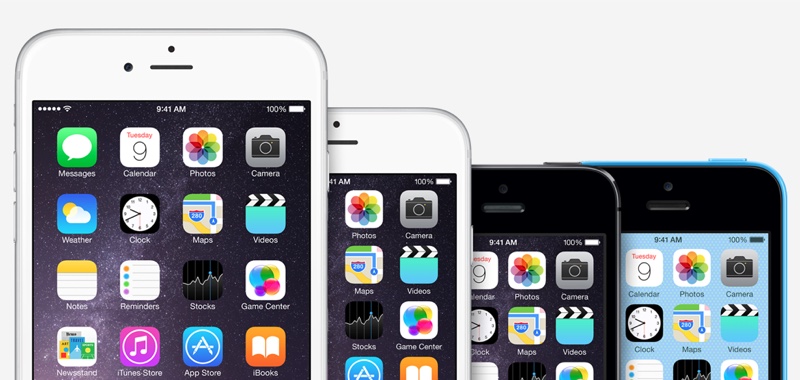
Your choices aren't so simple now. Apple now offers four different iPhone models with different screen sizes and different prices. Confused as to which iPhone to get? Use this guide to help you decide.
iPhone models overview
Let's go over the key specifications and differences between the iPhones, starting with Apple's priciest offering.

iPhone 6 Plus: Apple's biggest iPhone. If you've always wanted the biggest screen possible on your iPhone, this is the model to get. Some might see the iPhone 6 Plus as a viable alternative to an iPad mini 3, but keep in mind that you'll be using the iPhone version of apps, not the iPad versions. That means the app UIs will be designed with a smaller screen in mind.
Key specifications for the iPhone 6 Plus:
- Measures 6.22 by 3.06 by 0.28 inches and weighs 6.07 ounces
- 5.5-inch screen with a 1920-by-1080-pixel resolution at 401 pixels per inch
- 64-bit A8 processor with M8 motion coprocessor
- 8-megapixel iSight camera with optical image stabilization; 1.2-megapixel FaceTime camera
- Siri voice-activated interface
- 16GB, 64GB, or 128GB of storage
- Apple Pay support
- Sensors: Touch ID, accelerometer, barometer, gyroscope, proximity, ambient light
- Available in three finishes: gold, silver, and space gray
- 2,915 mAh battery
The iPhone 6 Plus could be the phone to get if you're serious about photography. It's the only iPhone with optical image stabilization. For recording video, both iPhone 6 models offer cinematic video stabilization and continuous autofocus video, which aren't found in the iPhone 5 models.
If you want to use Apple Pay, you have to get one of the iPhone 6 models. The NFC chip that Apple Pay uses is not found in the older iPhone 5 models.
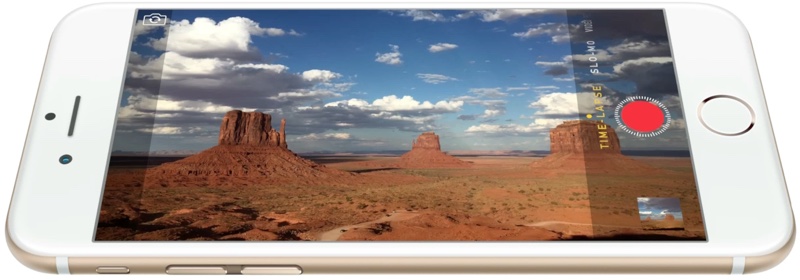
iPhone 6: The iPhone 6 has almost the same specs as the iPhone 6 Plus. It's only missing features are optical image stabilization in the iSight camera and the bigger battery in the iPhone 6 Plus. It's the iPhone to get if you want the latest and greatest but don't want the bigger size.
Key specifications for the iPhone 6:
- Measures 5.44 by 2.64 by 0.27 inches and weighs 4.55 ounces
- 4.7-inch screen with a 1334-by-750-pixel resolution at 326 pixels per inch
- 64-bit A8 processor with M8 motion coprocessor
- 8-megapixel iSight camera; 1.2-megapixel FaceTime camera
- Siri voice-activated interface
- 16GB, 64GB, or 128GB of storage
- Apple Pay support
- Sensors: Touch ID, accelerometer, barometer, gyroscope, proximity, ambient light
- Available in three finishes: gold, silver, and space gray
- 1,810 mAh battery
Learn more about the specifications for the iPhone 6 Plus and iPhone 6.

iPhone 5s: This was Apple's top-of-the-line iPhone before the iPhone 6 was released. Now it's the high-end offering of the two smaller models.
Key specifications for the iPhone 5s:
- Measures 4.87 by 2.31 by 0.30 inches and weighs 3.9 ounces
- 4-inch screen with a 1136-by-640-pixel resolution at 326 ppi
- 64-bit A7 processor with M7 motion coprocessor
- 8-megapixel iSight camera; 1.2-megapixel FaceTime camera
- Siri voice-activated interface
- 16GB or 32GB of storage
- Sensors: Touch ID, accelerometer, gyroscope, proximity, ambient light
- Available in three finishes: gold, silver, and space gray
- 1,560 mAh battery

iPhone 5c: Released at the same time as the iPhone 5s, the iPhone 5c represents Apple's entry-level model. It's free with a new carrier contract. The iPhone 5c is very similar to the iPhone 5 that was released in 2012, as it uses the same internals.
Key specifications for the iPhone 5c:
- Measures 4.90 by 2.33 by 0.35 inches and weighs 4.65 ounces
- 4-inch screen with a 1136-by-640-pixel resolution at 326 ppi
- 8-megapixel iSight camera; 1.2-megapixel FaceTime camera
- Siri voice-activated interface
- 8GB of storage
- Sensors: accelerometer, gyroscope, proximity, ambient light
- Available in blue, green, pink, and yellow
- 1,510 mAh battery
Remember the iPhone 5s and 5c are missing the following features that are found in the iPhone 6 Plus and/or iPhone 6:
- Display zoom and Reachability
- Optical image stabilization (iPhone 6 Plus only)
- 43-megapixel panorama photos
- Cinematic video stabilization
- Continuous autofocus video
- Apple Pay
- Voice over LTE support
- Barometer
The iPhone 5c is also missing slow-motion video recording and auto image stabilization in the iSight camera, auto HDR in the FaceTime camera, burst mode in both cameras, and Touch ID.
Performance
Both the iPhone 6 Plus and the iPhone 6 feature Apple's latest mobile processor, the 64-bit A8. There's also a M8 motion coprocessor, which is used to handle data from the accelerometer, barometer, compass, and gyroscope.
The A8 is the reason why the iPhone 6 is the fastest iPhone to date, with the iPhone 6 Plus just a few percentage points behind. Looking at results from Geekbench 3, the iPhone 6 is less than 1 percent faster than the iPhone 6 Plus in both multi-core tests and single-core tests. Choosing between the iPhone 6 and iPhone 6 Plus isn't really about performance; it comes down to size, battery life, and the optical image stabilization.

If you would rather have a smaller iPhone, the better performer is the iPhone 5s, with its A7 processor and M7 motion coprocessor. The iPhone 6 is 14 percent faster than the iPhone 5s in Geekbench 3's multi-core tests, and 15 percent faster in the single-core tests. So the iPhone 5s is noticeably slower, but it's speed that you'll be happy with.
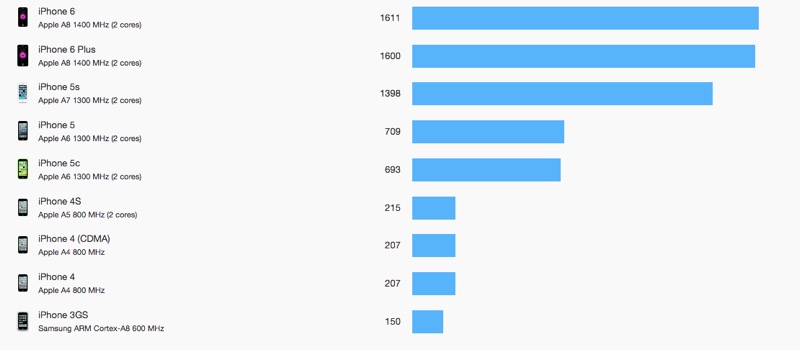
The iPhone 5c uses an A6 processor, which was introduced with the iPhone 5 in 2012, so it's a couple of generations old. The iPhone 5s is nearly twice as fast as the iPhone 5c; the iPhone 6 is about 2.5 times faster. It's the sacrifice you make with a free phone.
Remember, since a lot of what you do on the iPhone involves Internet connectivity, the speed of your Internet connection will affect performance. Obviously, an iPhone connected via LTE is supposed to be faster than 3G, and Wi-Fi is supposed to offer even faster connectivity. But lots of things beyond your control can affect Internet performance.
Usability
The iPhone 5s and 5c can be used with one hand by most people; the screens are small enough to use your thumb to tap all over the screen. For some people, this is important. For example, while you're on the bus or subway, you might need one hand to hold on and the other to use your phone.
The iPhone 6 Plus and iPhone 6 are larger, so one-handed use may not be possible for some people. Smaller hands won't be able to use the iPhone 6 Plus one-handed, and even large hands won't be able to touch the top of the iPhone 6 Plus screen.
One way to adjust to the larger screen size is arrange your home screen so that your most commonly used apps are located near the bottom of the screen. That way, you cut down the need to stretch your thumb to the top of the screen.
You can also use Apple's Reachability feature in iOS 8 for the iPhone 6. Tap (not press) the Home button twice, and the screen effectively cuts in half, with the top of the screen now placed within reach of your thumb.
Another consideration is how you plan to carry your iPhone 6 or iPhone 6 Plus. The iPhone 6 will fit in most pockets, but not the iPhone 6 Plus. Some people have reported their iPhone 6 Plus bent after stashing for a prolonged period in a pocket. Apple says that bending is "extremely rare," and Consumer Reports says that the iPhone 6 "should stand up to typical use."
Storage
It may seem curious that Apple doesn't have a 32GB option for the iPhone 6. But the price difference between the 16GB and 64GB models is $100, so moving up in capacity for your iPhone 6 doesn't seem like such a huge price leap.
If you like to consume media on your iPhone, you frequently try new apps, take a lot of pictures and videos, and/or you like to play games that are graphically intensive (first person shooters, adventure games, racing games), get the 64GB model. If you rely on your iPhone as a production tool for video, audio, or photography, get 128GB of storage. (If your mind is set on an iPhone 5s, consider the 32GB version.)
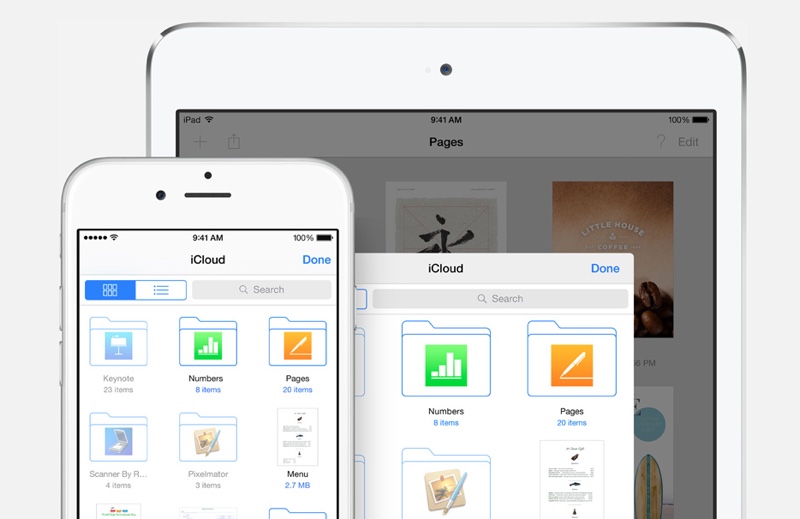
The 16GB model can work, but you might have to rely on online storage. (If you are getting an iPhone 5c, you're stuck with 8GB of storage.) You can use iTunes Match to store your music in iCloud, but you have to pay $24.99 per year for the service. You also need an Internet connection to stream the music for your account, or to remember to download music to your device for non-streaming playback.
You can also sign up for iCloud Drive, which allows you to store files in the cloud. Every video and photo that you take is saved to your iCloud Photo Library, so you can then delete those files to make room on your iPhone. iCloud storage plans range from free for 5GB, to $19.99 per month for 1TB.
Other online storage services can work with your iPhone, though in some instances, it's not as seamless as iCloud. For example, if you have Dropbox, you can set the preferences so that new photos shot on your iPhone are automatically saved to your Dropbox account.
Other investments to make
So you know which iPhone you want. What else should you buy? Here are a few items to consider.
AppleCare+: Apple iPhones come with a one-year limited warranty and 90 days of complimentary support. AppleCare+ extends the warranty and support to two years for $99.

AppleCare+ includes repair and replacement for the battery, the included earphones, and two incidents of accidental damage (subject to a $79 service fee). If you've ever dropped your iPhone before, AppleCare+ could be worth the peace of mind.
Fortunately, you don't have to buy AppleCare+ when you buy your iPhone. Apple gives you 60 days from your iPhone purchase date to buy AppleCare+.
Cases: Though it may seem blasphemous to cover up an iPhone, a cover can provide more grip and protection from short drops. Cases are as simple as sleeves or as complex and super durable as an Otterbox. Some cases has built-in stands, or storage pockets for cards and cash so you don't have to carry a wallet. Prices from major brands typically range from about $20 to $100.
Extra cables: Apple provides a Lightning cable with your new iPhone. You might want to buy an extra one; you never know when you need it. Apple's Lightning cables are $19, and you can find third-party Lightning cables that are cheaper, but there's no guarantee that such cables will be fully compatible with your iPhone. For example, some cheap cables can't be used to charge your device.
Better headphones: If you're serious about your music, you'll want to replace the Apple-bundled earphones with those that produce better sound quality. The Apple earphones are fine and have improved over previous generations, but headphones from Sennheiser, Grado, Audio-Technica, and many others produce sound that cater to audiophiles.
Or maybe you just don't like the fit of Apple's earphones, or you want a Bluetooth set. There are many reasons to replace Apple's earphones, so make sure you make proper considerations in your budget ($20 to $500).
Mounts: You'll probably have your iPhone with you almost all the time, including in the car. If you have a more recent car, it might have Bluetooth support, a USB port, or a line-in jack. A car mount lets you prop up your iPhone on your dashboard so you can maintain a sightline to the road. Some car mounts can clip on to your car's air vents, or use a suction cup to hold its place on the dash, or fit in a cupholder. You'll generally pay between $25 and $75 for a car mount.
Camera accessories: Serious about using the iPhone as a camera? You'll need to get some gear to make the most out of the iPhone camera. There is a vast array of lenses, like the Olloclip line, as well as external flashes, night optics, infrared cameras, tripods, storage devices, and more.
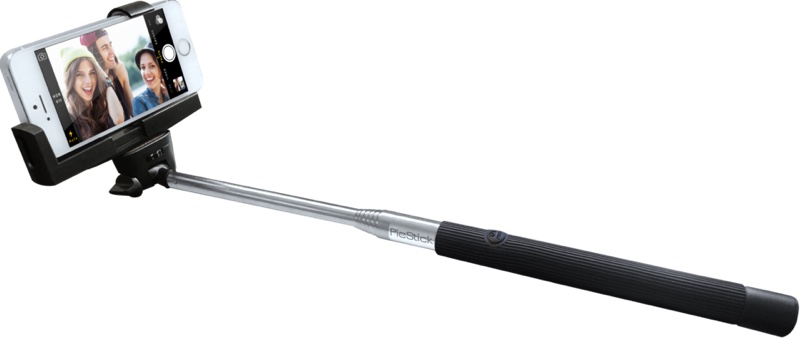
If you want to use your iPhone to create videos or take a lot of pictures, you might even want to buy a selfie stick. This stick lets you hold the iPhone away from you as you record yourself. Most sticks are adjustable, allow you to move the iPhone closers or farther away, and some include a Bluetooth remote that acts as a shutter button. The PicStick ($30), pictured above, is extendable and has a built-in Bluetooth controller on the handle for snapping pictures.
Which iPhone should you buy?
The iPhone 6 hits the sweet spot between performance and size--it's the iPhone to get. It offers more screen than iPhones with a 4-inch display without being unwieldy. And it's the top-performing iPhone, so it'll handle the most demanding apps. Consider buying the 64GB version so you'll have plenty of storage for your photos, videos, and apps.
The iPhone 6 Plus meets the demand of users who want a "phablet." It performs just as well as the iPhone 6, since it has the same processor. The 5.5-inch screen is brilliant, but for some people the overall size of the iPhone 6 Plus is too big and a clumsy item to carry. If you're serious about using the iPhone as a video or photo production device, the 128GB iPhone 6 Plus is the one to get, especially since it has camera features not found in the other iPhones. It's also got the best battery life out of all the iPhones because it's big enough to house a larger battery.
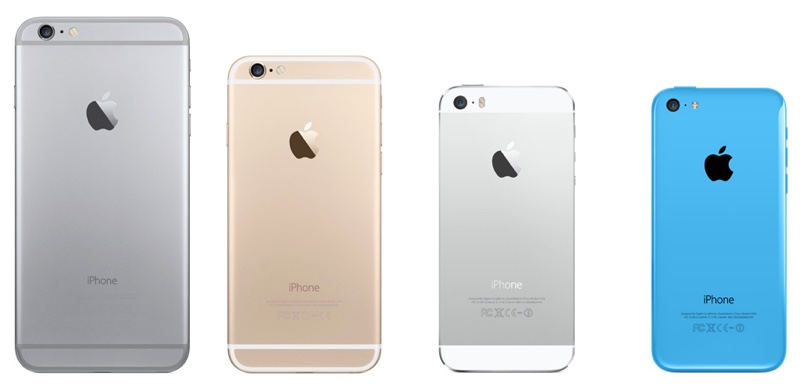
If you like having a small phone, the iPhone 5s fits the bill. For a phone that's a year old, it still offers great performance even when compared to the iPhone 6. You'll miss out on Apple Pay and a few camera features, but you'll be plenty happy with the iPhone 5s overall.
If you're looking for the cheapest iPhone available, right now it's the iPhone 5c. It's available only with 8GB of storage, so you may need to rely on cloud storage to make up for the lack of space. You'll also miss out on a lot of camera features; if photos are important but you want a small phone, opt for the iPhone 5s. The iPhone 5c also doesn't support Touch ID. Rumor has it that Apple will cease production of the iPhone 5c in 2015, so if you want it for nostalgic reason, you should buy one sooner than later.




